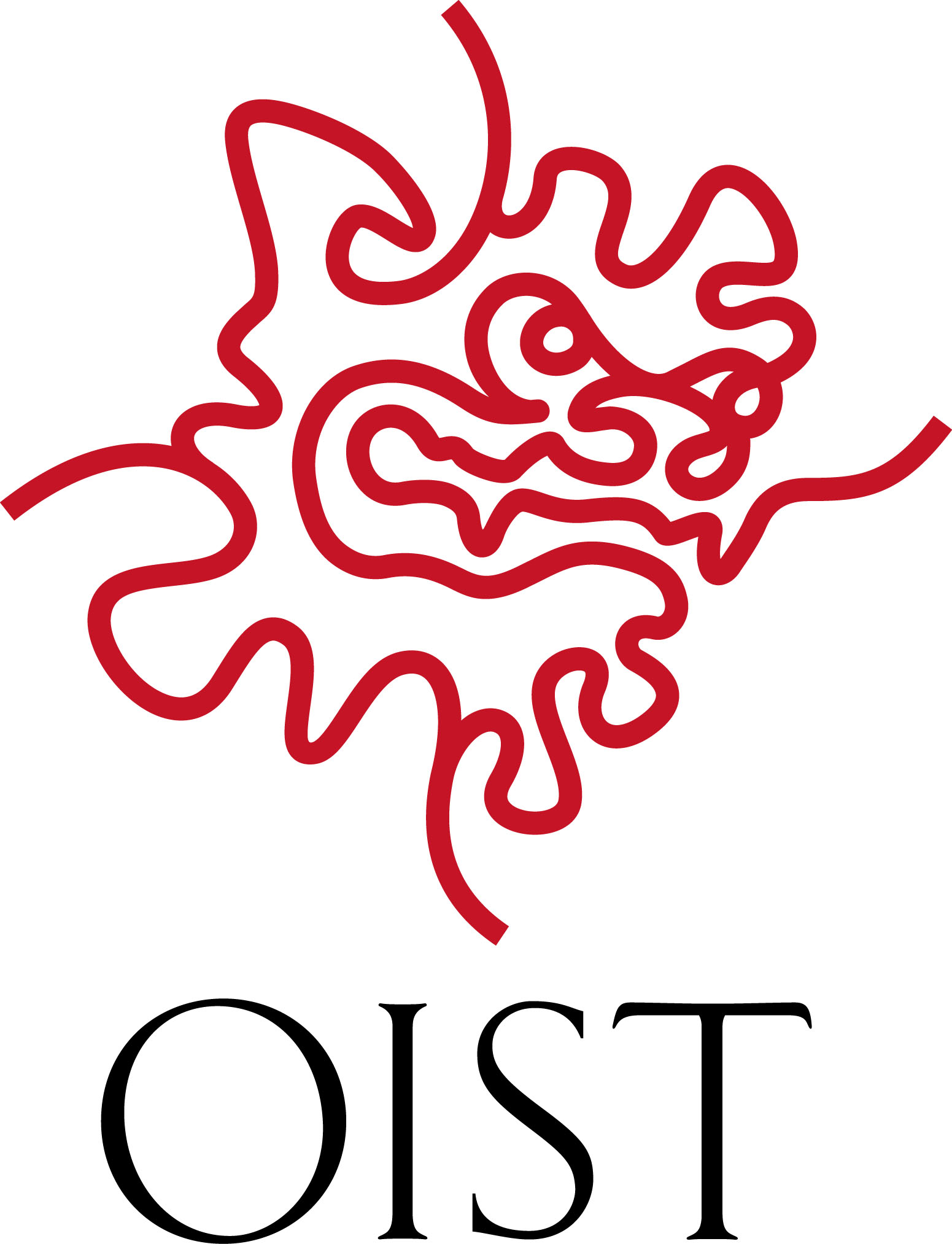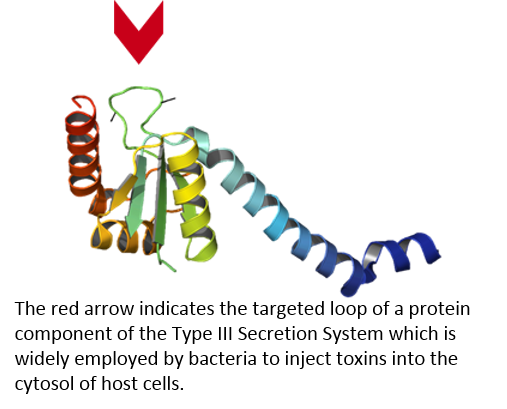TECHNOLOGY DESCRIPTION
Drug resistant bacteria are increasing because of over dependence on antibiotics. The Type III Secretion System is widely employed by bacteria to inject toxins into the cytosol of host cells. Without the secretion system, many pathogenic bacteria are unable to cause disease. To block the secretion, this technology targets a loop of a protein component of the system. In contrast to antibiotics, this approach targets the bacterial virulence factor without directly killing bacteria, avoiding the strong selective pressures of antibiotics, and thus, strongly reducing bacterial drug resistance formation.
BENEFITS
- Potential cure for patients suffering from multidrug-resistant and pan-resistant bacterial infections
- Retard the evolution and reduce the spread of drug resistant genes such as those found in hospital-acquired infections
- Maintain the normal flora of the gut and reduce the risk of colitis caused by microbiota dysbiosis
- Applicable to many pathogenic bacterial species because the targeted protein is a highly conserved component of the secretion system
LIMITATIONS
This technology is applicable to diseases transferred by the Type III Secretion System (T3SS), and is not an effective treatment for Cholera which is transferred by the Type II Secretion System. The majority of bacterial infectious diseases are transferred by the T3SS.
APPLICATIONS
- Antibacterial drug discovery: antivirulence therapy for many Gram-negative bacteria including, Bordetella bronchiseptica (whooping cough), Yersinia (plague), Salmonella (food poisoning and typhoid fever), Shigella (dysentery), Enteropathogenic E. coli (diarrhea), Enterohemorraghic E.coli (bloody diarrhea), and Chlamydia (respiratory, ocular disease)
- Prophylactic applications
-- Prevention of enteric disease outbreaks following flooding
-- Disease prevention in aquaculture and farming of animals and plants
MATERIALS
Readiness Level (TRL)
 Patent Grading Report |
Patent Grading ReportThe Grading Patents Report evaluates and grades US patents Sample Buy from Wisdomain |
STATUS
Current status
PCT Application
AVAILABILITY
Available for
Licensing or Collaboration
INVENTOR / TEAM
Trans-Membrane Trafficking Unit







